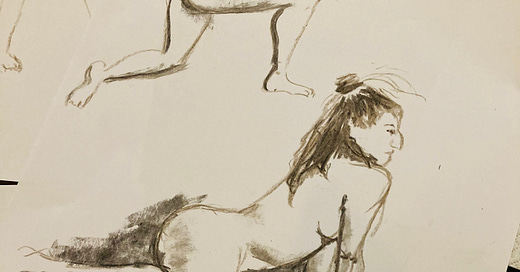In 2015, when I was still figuring out how to be a children’s book illustrator, I volunteered at the Barnes Children’s Literature Festival. All volunteers were allowed to sit in any talks / workshops for free as long as they did their given tasks. I watched some talks and tried to speak to as many authors and illustrators as possible. One of them was Ed Vere. I ran up to him outside the venue and asked him for advice. He said, “Go to life drawing classes.”
After that day, I looked up life drawing classes in London. There were a plenty of classes and many of them were “no string attached” drop-in sessions. My first life drawing (ever in my life) was with a female model. Being a perfectionist and slow drawer, I was really thrown off by the short (1-10 minutes) poses. Even with longer poses, I was a bit at loss. I could draw but, because I’ve never had formal training, I couldn’t understand why I couldn’t capture what I was looking at. But I understood why Ed Vere had said life drawing was essential for illustrators.
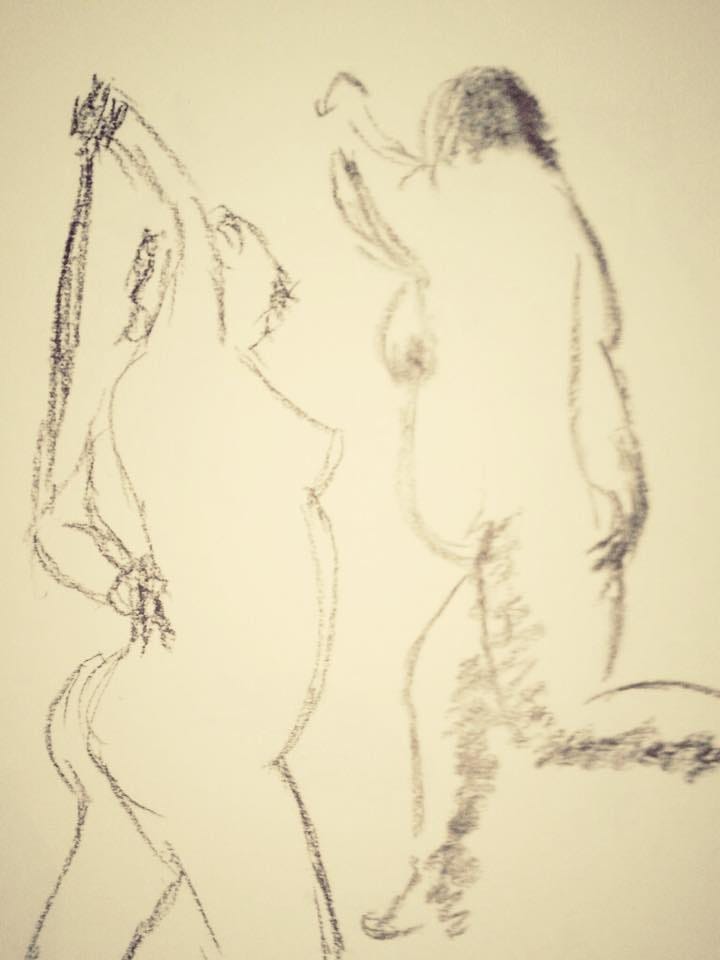
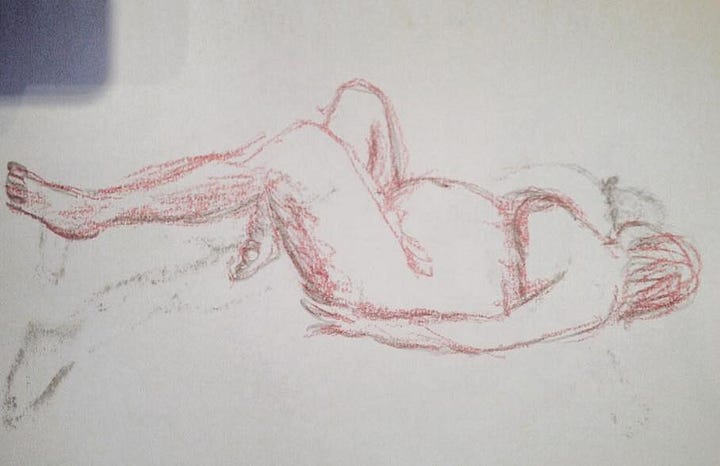
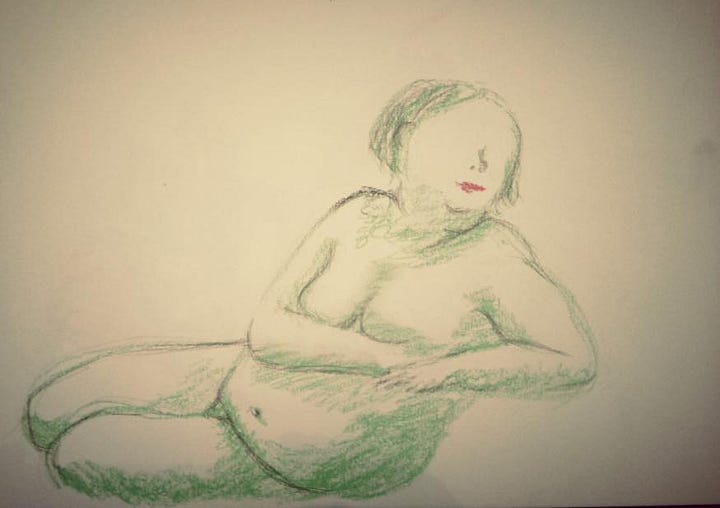
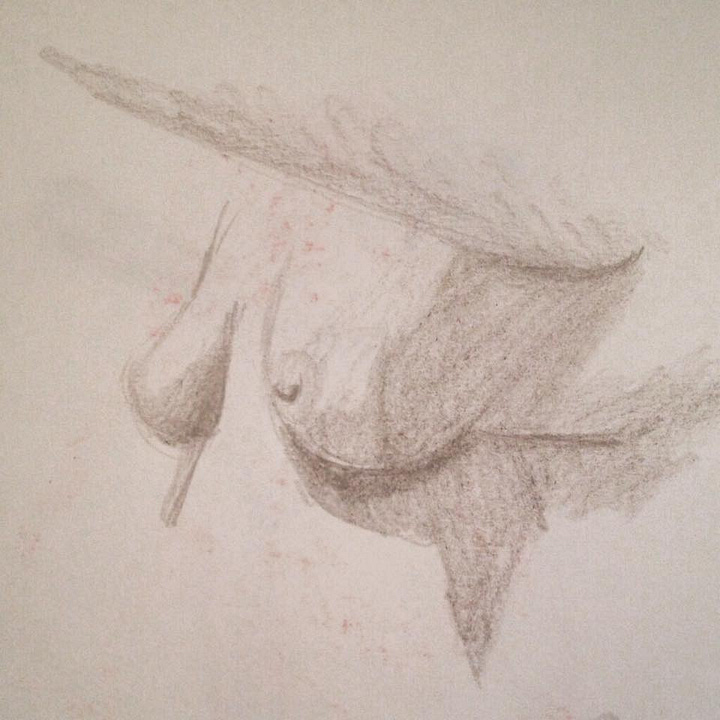
All about the base
I think the biggest misconception about children’s book illustration is that, due to the deceptively simple, child-like nature of children’s book illustration, it’s easy, you don’t need skills. Well, yes, many people can draw, but what separates brilliant illustrators from the rest is the foundation. Those who are famous for their simple styles such as Ed Vere, Oliver Jeffers and Chris Haughton, or someone like Victoria Semykina who is famous for very wonky, exaggerated human figures, for example have fine art background or can draw at the level. They can simplify and stylise their drawings because they have solid foundation. You can’t make a deconstructed lemon meringue pie without knowing how to bake a lemon meringue pie.
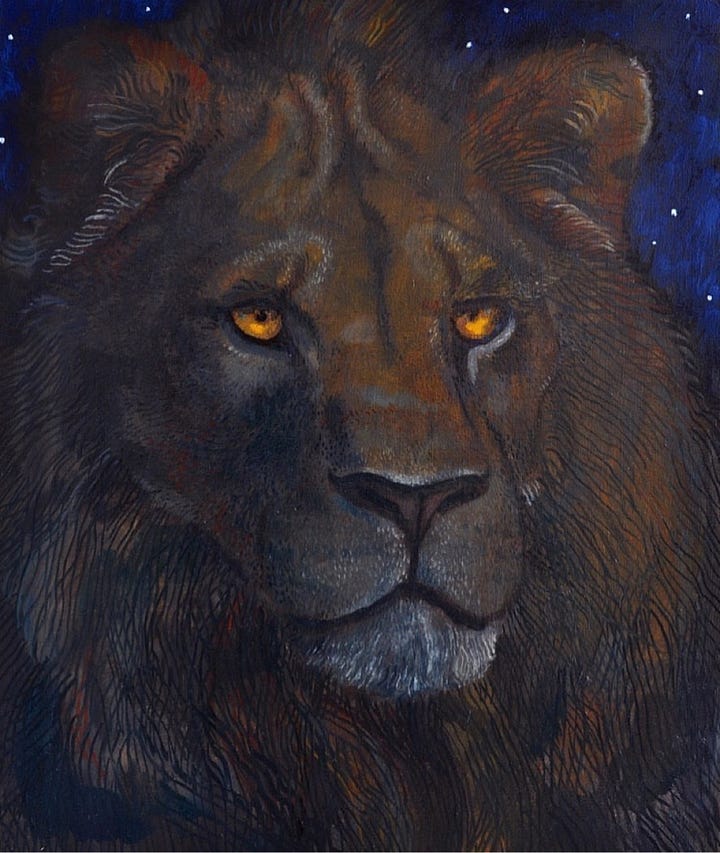
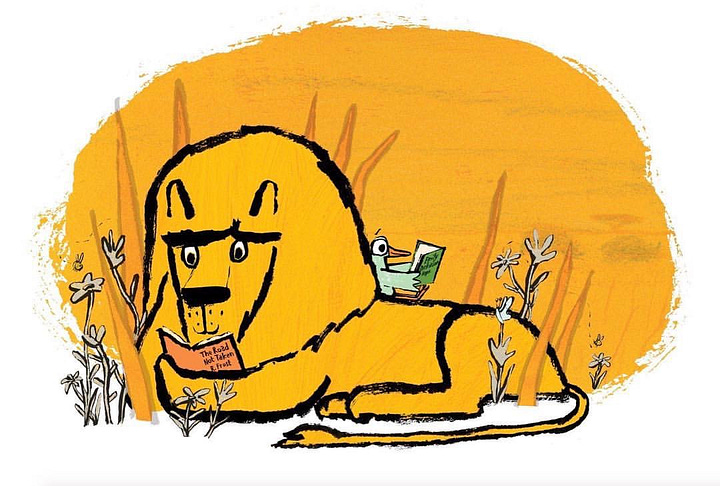
The other day my illustrator friends and I were talking about our pet hates. For example, Jane Porter who is a fiddle enthusiast and rowing lover and she is picky about is drawings of violins/fiddles and characters in rowing boats. I’ve done classic ballet for 15 years and I still do as a hobby, so my pet hate is drawings of dancers, especially ballerinas, that look like a broken Barbie. I can’t stand them. And you can tell those illustrators don’t have understanding of bodies, not to mention ballet.
Ever since the first session, I was hooked and I kept going to life drawing with irregular frequency. Over the years, I learned the importance of looking. Observational drawing is about looking as much as drawing. While sketching on location is about capturing moments and movements quickly (check out Victoria Semykina, Ruby Wright and Emma Farrarons to see what I mean), life drawing is more about understanding human anatomy and light. It really helps you understand lines and shapes bodies and lights make.

